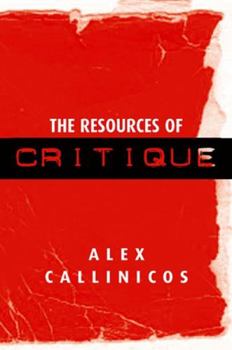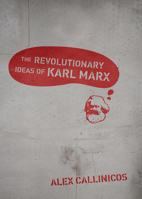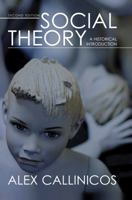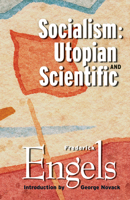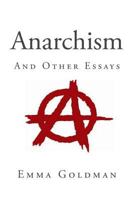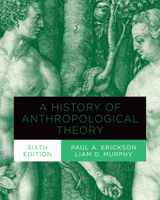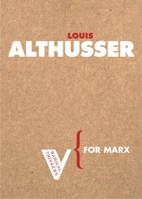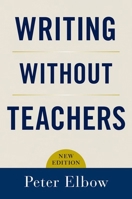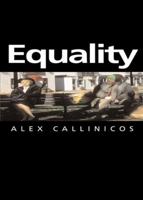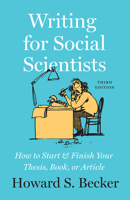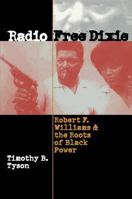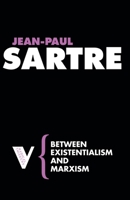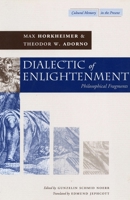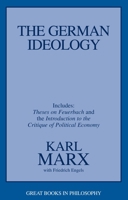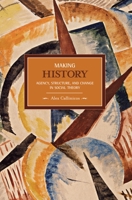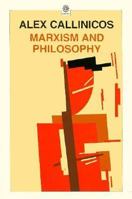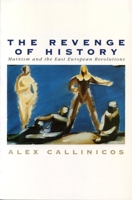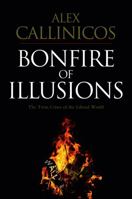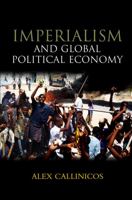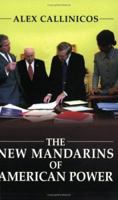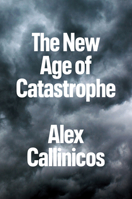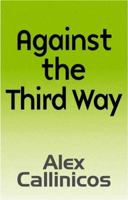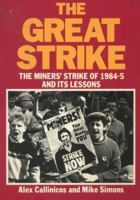The Resources of Critique
"Social criticism has enjoyed a renaissance in the past few years. The anti-globalization protests at Seattle and Genoa and the great marches against the war in Iraq have put contestation of capitalism and imperialism back on the political and intellectual agenda. But how does social critique situate itself philosophically today, after the marginalization of Marxism and the impact of postmodernism? In The Resources of Critique, Alex Callinicos seeks to address this question systematically. he does so, in the first part, by surveying some of the most influential contemporary critical theorists - Alain Badiou, Jacques Bidet, Luc Boltanski, Pierre Bourdieu, Eve Chiapello, Jurgen Habermas, Antonio Negri and Slavoj Zizek."--BOOK JACKET.
Format:Paperback
Language:English
ISBN:0745631614
ISBN13:9780745631615
Release Date:April 2006
Publisher:Polity Press
Length:328 Pages
Weight:3.30 lbs.
Dimensions:0.7" x 6.8" x 9.1"
You Might Also Enjoy
More by Alex Callinicos
Customer Reviews
1 customer rating | 1 review
There are currently no reviews. Be the first to review this work.











